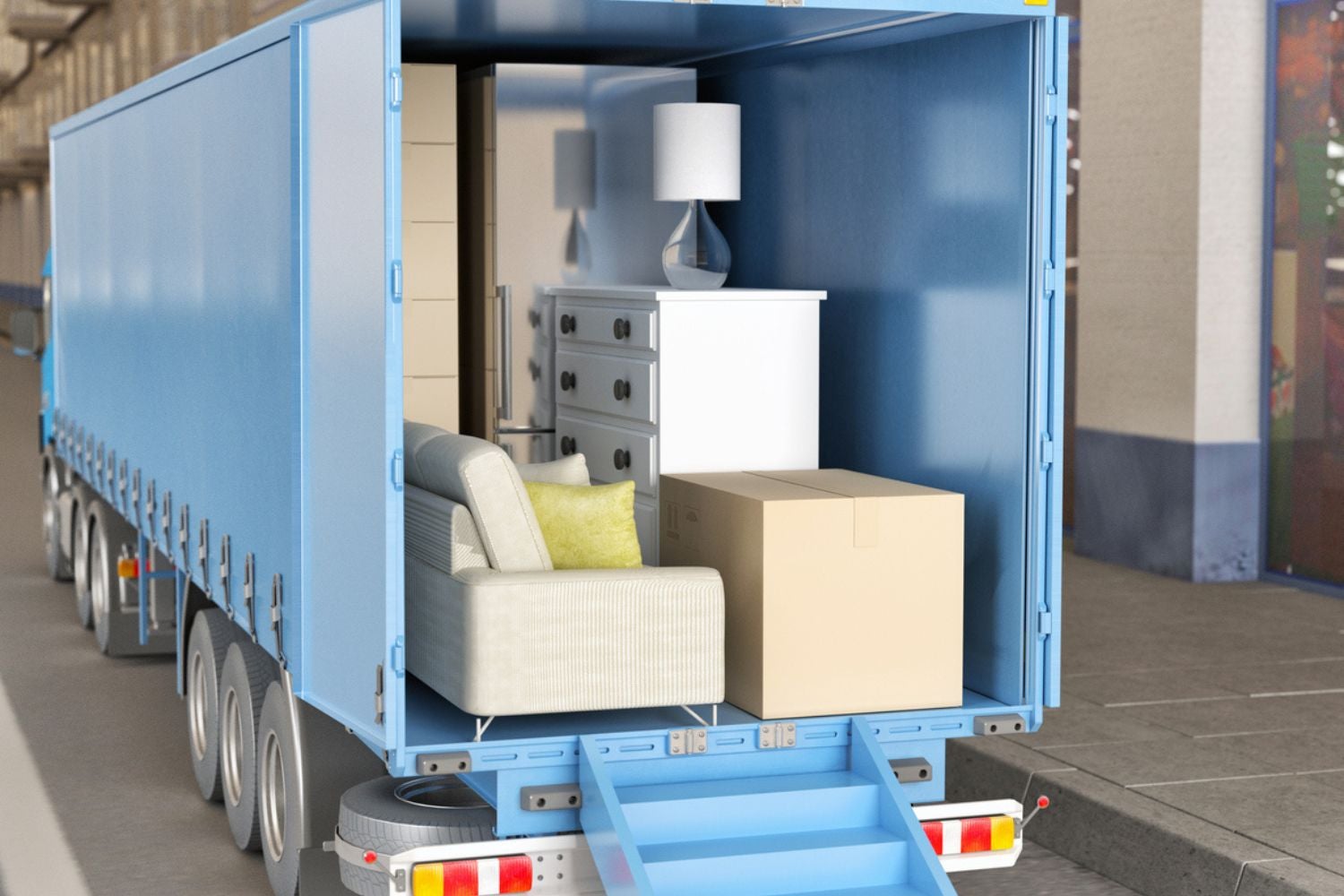Furniture shopping can be an exciting and transformative experience. Whether you’re furnishing a new home or simply looking to update your existing decor, selecting the right pieces can make a significant difference in your living space. However, amidst the excitement of choosing the perfect sofa or dining table, it’s crucial to be aware of the hidden expenses associated with furniture delivery. These often overlooked costs can add up quickly and turn a seemingly good deal into a budget-busting ordeal. Here, we’ll delve into the hidden expenses of furniture delivery and provide you with essential insights to help you make informed decisions.
-
Delivery Charges
Most furniture retailers charge a fee for delivering your purchases to your home. This fee can vary widely depending on factors like your location, the size and weight of the items, and the retailer’s policies. Some stores may offer free delivery on certain orders or within a specific radius, but it’s essential to clarify the costs upfront. Also, consider that additional services such as white-glove delivery (assembly and setup) can come with an even heftier price tag.
To avoid surprises, ask about delivery charges before finalizing your purchase. This way, you can factor this expense into your budget and compare delivery fees from different stores.
-
Delivery Surcharges
Certain factors can lead to additional surcharges on your furniture delivery. These may include:
- Remote Locations: If you live in a remote or hard-to-reach area, you might face higher delivery charges due to increased transportation costs and time.
- Staircases and Elevators: If your furniture needs to be carried upstairs or fit into an elevator, you may incur an extra fee. Large or heavy items can require additional labor and equipment.
- Long Distances: If you’re ordering from an out-of-state or distant retailer, be prepared for higher delivery costs due to the increased mileage.
- Delivery Window Fees: Some stores charge extra if you request a specific delivery window or time slot. Opting for a flexible delivery schedule can sometimes help you save on this expense.
-
Assembly and Installation
If you’re not a DIY enthusiast or simply don’t have the time or tools to assemble your furniture, you might need to pay for assembly and installation services. These charges can be substantial, particularly for complex items like wardrobes or kitchen cabinets. To save on this cost, consider tackling the assembly yourself or enlisting the help of a handy friend or family member.
-
Removal of Old Furniture
When purchasing new furniture, you may need to dispose of your old pieces. Some retailers offer furniture removal services, but these often come at an additional cost. Alternatively, you can donate or sell your old furniture to offset the expense of removal.
-
Damage and Insurance
It’s wise to inspect your furniture upon delivery to ensure it arrives in pristine condition. If you notice any damage or defects, report them immediately to the delivery team and the retailer. Understanding the store’s return and warranty policies can help you avoid additional expenses if you need to exchange or return damaged items.
To protect your investment, consider purchasing furniture delivery insurance, if available. This coverage can help you address unexpected issues that may arise during the delivery process. Visit to know more https://www.shiply.com/large-item-delivery/cheap-furniture-delivery.php
-
Tipping the Delivery Team
While not a mandatory expense, tipping the delivery team is a customary practice in many regions. A tip is a way to express gratitude for a job well done, especially if the delivery team has handled your furniture with care and professionalism. The amount you should tip can vary but is typically a percentage of the total delivery cost or a flat fee.
In conclusion, understanding the hidden expenses of furniture delivery is crucial for making informed choices when shopping for new pieces. To avoid budgetary surprises, research and compare delivery charges, inquire about additional fees, and factor in assembly and removal costs if necessary. By being proactive and asking the right questions, you can ensure that your furniture shopping experience is as smooth and cost-effective as possible.
More Read On: Spero Magazine




